AURORA INTERNATIONAL
SCHOOL OF THE ARTS
PRIMARY LEARNING AND TEACHING






“We are and we need to be convinced of this - in an ecosystem: Our journey on earth is a journey that we take together with the environment, with nature, with the cosmos; Our organism, our morality, our culture, our feelings are connected to the environment, to the universe, to the world. And therein lies the web of our life”
Loris Malaguzzi
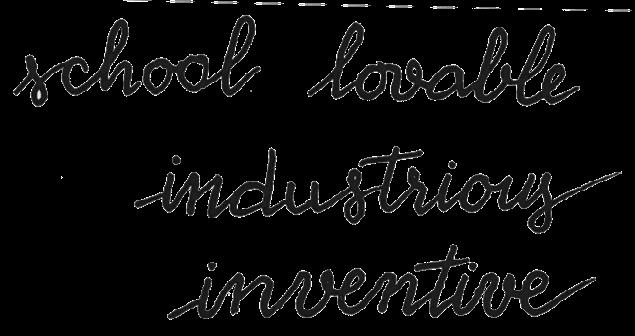








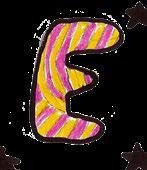



“To make a school which is lovable (industrious, inventive, livable, documentable and communicable; a place of research, learning, reflection and recognition) where children, teachers and families are happy - this is our purpose. To give it organisation, contents, functions, procedures, motivations and interests, this is the strategy which aims to bring together the centralities, intensify relations between the protagonists.”
Loris Malaguzzi










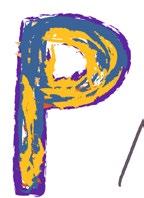


















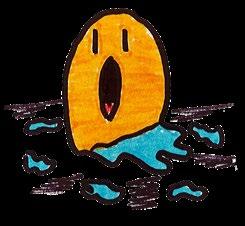












WE LOOK FORWARD TO CREATING NEW ADVENTURES AND FOND MEMORIES WITH YOU AND YOUR CHILD. WE ARE VERY EXCITED FOR YOUR CHILD’S LEARNING JOURNEY, WHICH WILL BE FILLED WITH ENDLESS INQUIRY, EXPLORATION, INVESTIGATION AND DISCOVERY.


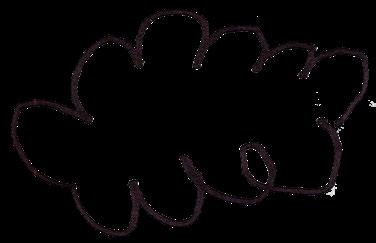
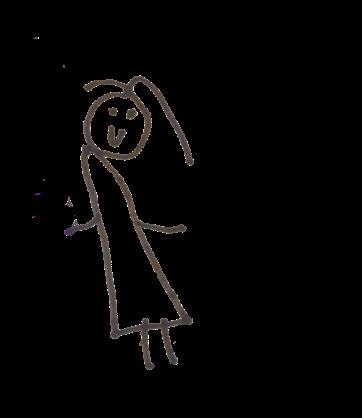
Aurora International School of the Arts is a school inspired by the Reggio Emilia Experience to learning and teaching. The school was established and started designing the concept and facilities in September 2015. The school opened its doors to its first children in March 2016 in a setting chosen to embrace the concept of creating a peaceful and comfortable ‘home away from home’ environment for children to learn and grow in. The school fosters life-long learning for children aged 12 months to 13 years, supporting self-discovery, imagination, and creativity.

Our vision is to provide a Reggio Emilia - inspired experience to early childhood and primary years education that embraces each learner as a competent and capable citizen of the community, immersed in a nurturing and sustainable environment, surrounded by people who are fully invested in the development of the whole child.
Our mission is to inspire and develop the potential in each child through learner-led investigations in a natural, nurturing and sustainable environment. We embrace therich local culture and foster independent exploration, encourage social interactions, and invite children to represent their ideas and reflect on their learning through project work, problem-solving, critical thinking and creative processes.
Our educational philosophy is inspired by the Reggio Emilia experience within a Vietnamese cultural context. Responsibility, community involvement, respect, and sustainability are at the core of what drives our school. Under-pinning our educational philosophy is the image of the learner: a competent learner, full of knowledge, potential, and curiosity, active in constructing his or her own knowledge through interactions with others and the environment around them. By adopting the New Zealand curriculum, we are able to integrate a Reggio Emillia-inspired experience, with an Inquiry-Based approach to teaching and learning practices.

“We think of a school for young children as an integral living organism, as a place of shared lives and relationships among many adults and very many children. We think of school as a sort of construction in motion, continuously adjusting itself.”
Loris Malaguzzi

“We know it is essential to focus on children and be child-centered, but we do not feel that is enough. We consider teachers and families as central to the education of children. We therefore choose to place all three components at the center of our interest. Our goal is to build an amiable school, where children, teachers, and families all feel at home. Such a school requires careful thinking and planning concerning procedures, and interests.”
Loris Malaguzzi
At the crux of our educational philosophy is our image of the learner: an active and curious learner, capable of constructing their own knowledge and understanding of the world. They are not passive recipients of information but rather active participants in their own learning process. We value their innate sense of wonder, creativity, and natural inclination to explore and discover.

“Young children are powerful, active, competent protagonists of their own growth: actors in their shared history, participants in society and culture, with the right to speak from their own perspective, and to act with others on the basis of their own particular experience and level of consciousness. All children seek identity, individuality, completion, and satisfaction through dialogue, interaction, and negotiation with others. Their contexts for action are ceaselessly changing, intersecting worlds of classroom, community, and culture, with adults nearby to serve as partners, resources, and guides.”
Carolyn Edwards
Every learner is seen as resilient, confident and competent. We believe that learners can express their own ideas, make independent choices, and are able to play and work well with others. In this concept resides our focus on the learner’s autonomy and on the importance, we give to learner’s opinions and choices.
“Children (like poets, writers, musicians, scientists) are avid seekers and builders of images. Images can be used to make other images, passing through sensations, emotions, relationships, problems, fleeting theories, ideas about what is possible and coherent and about the apparently impossible and incoherent. The art of research dwells in the hands of children, and they are keenly sensitive to the pleasure of wonder.”
Loris Malaguzzi


When you enter through our school gates, you are immediately greeted by a serene natural environment that is both still and peaceful, yet alive with wonder and learning. At Aurora we understand the importance of re-imaging education, making the switch from memorising content to learning how to learn, is an integral shift that sets us apart. As the world changes, for teachers at Aurora, it is our responsibility to prepare learners for a world of possibilities that is greatly unknown. With this in mind, we redirect our focus from filling children’s heads with information, to equipping them with skills that are relevant and transferable to any content they choose to study in the future.
At Aurora, learners are encouraged to take ownership of their environments, and of their learning. This can be found in many instances throughout our school, from the way each class creates a list of “Essential Agreements”; to the way they make their calendars, class schedules, and duty list rotations; to allowing learners to select the method in which they present their findings, advocate for what they would like to learn. The language we use with children in our school, the types of questions we pose, and the opportunities teachers create for children to lead their learning as valued experts in their own right, are some of the many ways we work to empower our children and unlock a life-long curiosity and love of learning. These small practices and routines might seem insignificant to the untrained eye, but to our teachers and learners, it is a significant part of what creates a strong sense of belonging, community, and confidence.


At Aurora International School, the environment is recognised as the third teacher, playing a vital role in shaping the educational experience. Designed with a “home away from home” concept in mind, the school embraces repurposed and natural materials to create a nurturing and inspiring atmosphere. The intentional use of these materials not only promotes sustainability but also enhances the connection between our learners and their surroundings. The thoughtfully designed spaces allow for ample natural light and a smooth flow, creating an inviting and engaging environment conducive to learning and exploration. By considering the environment as a teacher, our school cultivates a space that supports and inspires learners, fostering their curiosity, creativity, and overall well-being. In addition to the carefully designed interior spaces, teachers at Aurora extend the idea of learning beyond the classroom walls, incorporating balconies, terraces, playgrounds, and cross-class collaborations into the educational experience. These opportunities for hands-on exploration, physical activity, and connection with nature, enrich learners’ understanding of the world and encouraging a sense of wonder and curiosity, they come to be firm in their beliefs that learning happens everywhere, as is not confined to the walls of a classroom.

“Knowing where you are, where you find yourself, helps you to develop a sense of your own identity and your place in the world… Every place has its own spirit, its own past and its own aspirations.”
Jerome Bruner

“MY
INVISIBLE IDENTITY”
Tùng Vĩ - JP2 Class
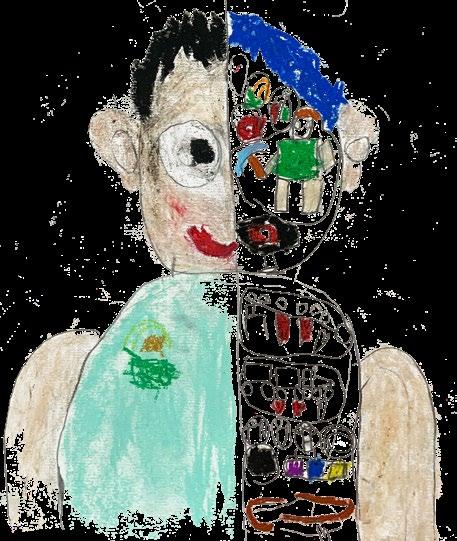
The short answer is yes! When selecting a National Curriculum that aligns well with the philosophies under-pinned in the Reggio-Emilia experience, we carefully considered the core values that define each curriculum. The New Zealand curriculum aligns well with the Reggio Emilia experience to learning and teaching in the primary years, emphasising a child-centered and holistic educational experience. The New Zealand curriculum places importance on the holistic development of learners, focusing on their well-being, identity, and social interactions. Similarly, the Reggio Emilia experience values the child as an active participant in their learning, promoting exploration, creativity, and collaboration. Both approaches emphasise the role of the environment as a significant element in the learning process, encouraging the use of natural materials and spaces that inspire curiosity and engagement. The New Zealand curriculum’s focus on key competencies, such as thinking, using language, symbols, and texts, and relating to others, aligns with the Reggio Emilia experience’s emphasis on the development of multiple intelligences and the integration of arts and expressive languages. It is through these key focuses that the New Zealand curriculum is not only a strong curriculum in its own right, but that it effortlessly aligns with the values and beliefs of a Reggio-Emilia inspired experience to learning.
“ No way
The Hundred is there. ... Children have a hundred hands, a hundred ways of thinking, of playing, of speaking, os listening, of marvelling and loving...”
Loris Malaguzzi



We believe learners can represent ideas and construct knowledge in a variety of symbolic and graphic modes. This approach emphasizes the importance of learner’s symbolic language, conceptualized as the “100 languages”, where ideas and knowledge-building are expressed through many creative processes, such as speech, writing, drawing, painting, sculpture, construction, music, movement, and light and shadow exploration, to name a few.
Our teachers observe and listen to the “100 Languages” children use to express themselves as individual learners and as “teachers”, facilitating opportunities for further investigation and learning. These investigations take the form of projects, where learners actively participate, explore, and question the world around them.

Our curriculum emerges through collaboration and a continuous dialogue between teachers and learners as teachers observe, interpret, and document each child’s learning journey. They become researchers together. It is a curriculum that is accountable for learning in an authentic, emergent way, that is flexibly adjusted as children pursue extensive investigations of their world, guided by teachers who share their sense of adventure and amazement. Assessment is the process of observing, interpreting, and documenting what our learners do, know, and understand.
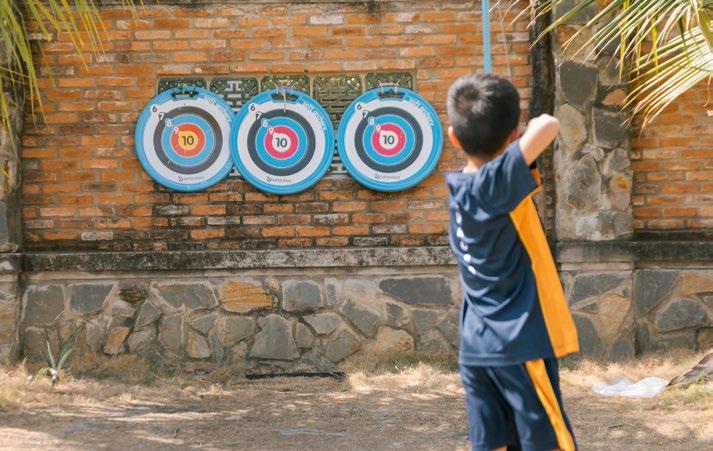
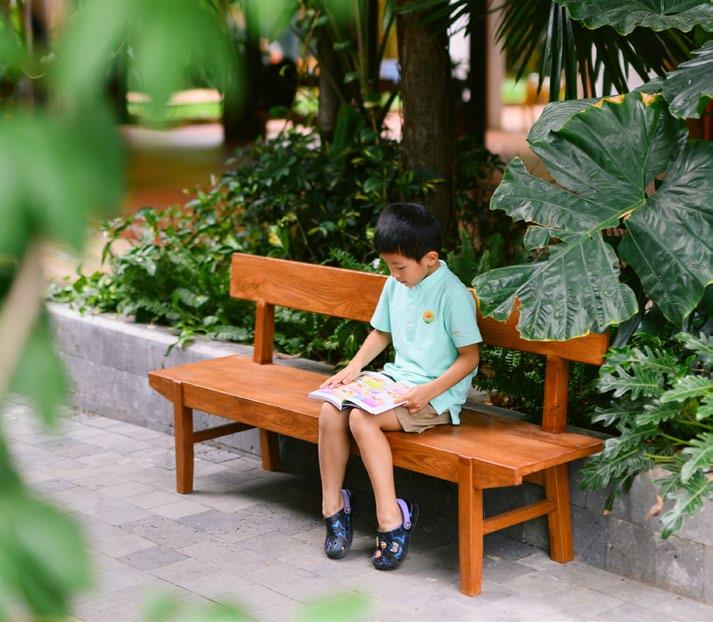

“...
The child has a hundred languages (and a hundred hundred hundred more) but they steal ninety-nine.
And thus they tell the child that the hundred is not there. The child says:
No way. The hundred is there.”
Loris Malaguzzi

Our curriculum in the Primary school is taught through investigative research, which is an inquiry-based approach, where children share prior knowledge, co-construct new knowledge, and share what they have learned, or demonstrate a new skill they have acquired. At Aurora, our teachers follow the Common Ground Collaborative® standards and learning modules as the foundational framework of learning and teaching. CGC ® is an international company that works alongside inquiry-based schools across the globe to create a varied selection of learning modules, designed to capture the learners’ interests and inspire them to seek out answers.



The 3 C®s are how we define learning. The learning process is viewed as a continuous spiral as children progress through deeper levels of constructing Conceptual understanding, building Competencies and developing Character. Each module fits within a framework designed around 6 human commonalities:


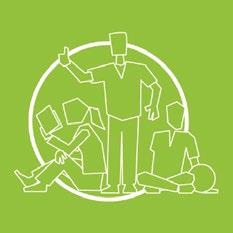



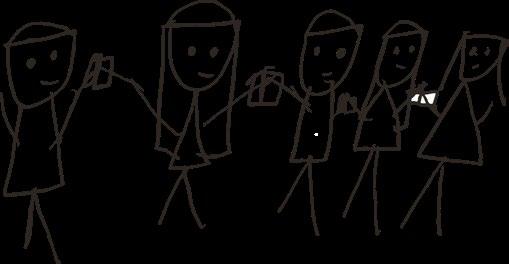
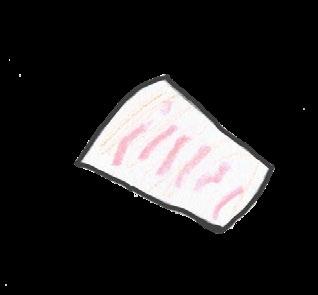

An Aurora Learner can independently pursue their passions, apply their values and balance their resources to achieve a sustained sense of personal wellbeing and purpose.
An Aurora Learner can independently build respectful relationships with diverse individuals and groups, building networks to achieve individual and collective goals.
An Aurora Learner can independently solve complex problems using sound reasoning based on an enduring understanding of causation.
An Aurora Learner can independently contribute to sustainable, equitable social and ecological ecosystems through leadership, humility, empathy and the practice of service.
An Aurora Learner can independently conceptualize and create a unique artifact, aesthetic or technological, to enhance human experience and/or expand human possibility.
An Aurora Learner can independently design and deliver persuasive, informed communications, using different media, on matters of principle and ideas that matter.
Children make use of language to express feelings and attitudes, negotiate, create and retell stories, communicate information and solve problems. Opportunities are provided for learners to have sustained conversations, have fun with words, use complex language and grammatical structures, and increase their vocabulary. Contextual learning is at the forefront of our teaching strategies. At Aurora, our teachers understand the importance of creating meaningful, relevant learning engagements, where learners can relate new information to the world they already know.
Introduction
The Primary English Curriculum covers the following learning strands:
• Listening
• Speaking
• Reading
• Writing
• Viewing
• Presenting
English is structured around two interconnected strands, each encompassing the oral, written, and visual forms of the language. The strands differentiate between the modes in which students are primarily:
• Making meaning of ideas or information they receive (listening, reading, and viewing)
• Creating meaning for themselves or others (speaking, writing, and presenting)
The achievement objectives within each strand suggest progressions through which most students move as they become more effective oral, written, and visual communicators. Using a set of underpinning processes and strategies, students develop knowledge, skills, and understandings related to:
• Text purposes and audiences
• Ideas within language contexts
• Language features that enhance texts
• The structure and organisation of texts

Learners need to practise making meaning and creating meaning at each level of the curriculum. As they progress, learners use their skills to engage with tasks and texts that are increasingly sophisticated and challenging, and they do this in increasing depth.
EXTRACT FROM “AURORA STICKMAN” STORY WRITTEN AND CREATED BY JUNIOR PRIMARY 2 LEARNERS, 2023 - 2024




Introduction
In our Primary school, learners who are first language speakers join their respective language classes weekly with Vietnamese and Japanese speaking teachers, that follow the MOET (for Vietnamese) and MEXT (for Japanese) National Curriculums.
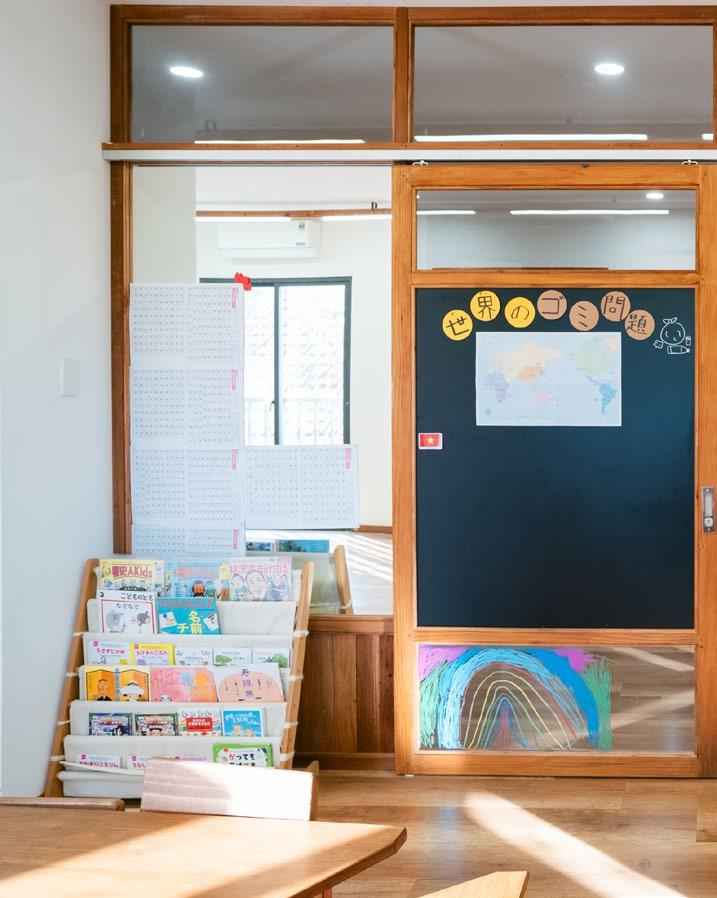

The curriculum focuses on key learning areas encompassing various language skills, cultural understanding, and communicative competence. Learners engage in listening, speaking, reading, and writing activities to develop their language proficiency. Language immersion and authentic materials are utilised to enhance language acquisition and cultural appreciation.
Additionally, cultural studies and literature are integrated to deepen students’ understanding of the rich heritage and traditions associated with the Vietnamese and Japanese languages. Through these approaches, learners at Aurora develop strong language skills along with a deep appreciation for the cultures associated with Vietnamese and Japanese languages.
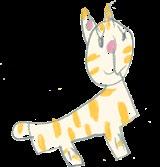
Introduction
Spanish as an additional language is taught with a focus on immersion, exploration, and hands-on experiences. The teaching methodology encourages active participation and meaningful interactions to foster language acquisition. Authentic materials, such as storybooks, songs, and videos, are utilized to engage students and expose them to the sounds, vocabulary, and cultural aspects of the Spanish language. Collaborative projects and group activities provide opportunities for communication and language practice, promoting social interaction and language development. At Aurora, we value our learners’ interests, curiosity, and self-expression, allowing Spanish language learning to be an organic process that aligns with the child’s own learning journey, and provides them opportunities to develop their communication competencies of this widely spoken language.

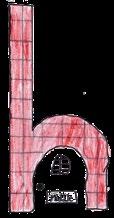
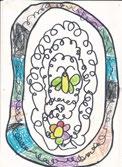


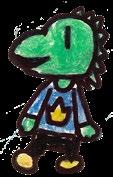

Introduction
Mathematics is the exploration and use of patterns and relationships in quantities, space, and time. Statistics is the exploration and use of patterns and relationships in data. These two disciplines are related but different ways of thinking and of solving problems. Both equip students with effective means for investigating, interpreting, explaining, and making sense of the world in which they live.
By studying mathematics and statistics, learners develop the ability to think creatively, critically, strategically, and logically. They learn to structure and to organise, to carry out procedures flexibly and accurately, to process and communicate information, and to enjoy intellectual challenge.


Concepts covered are:
• Number and algebra
• Geometry and measurement
• Statistics

By learning mathematics and statistics, learners develop other important thinking skills. They learn to create models and predict outcomes, to conjecture, to justify and verify, and to seek patterns and generalisations. They learn to estimate with reasonableness, calculate with precision, and understand when results are precise and when they must be interpreted with uncertainty. Mathematics and statistics have a broad range of practical applications in everyday life, in other learning areas, and in workplaces. As with all learning areas, teachers create opportunities to link mathematical learning to other subjects or areas of study, to reinforce the link to the application of the concepts covered each semester.
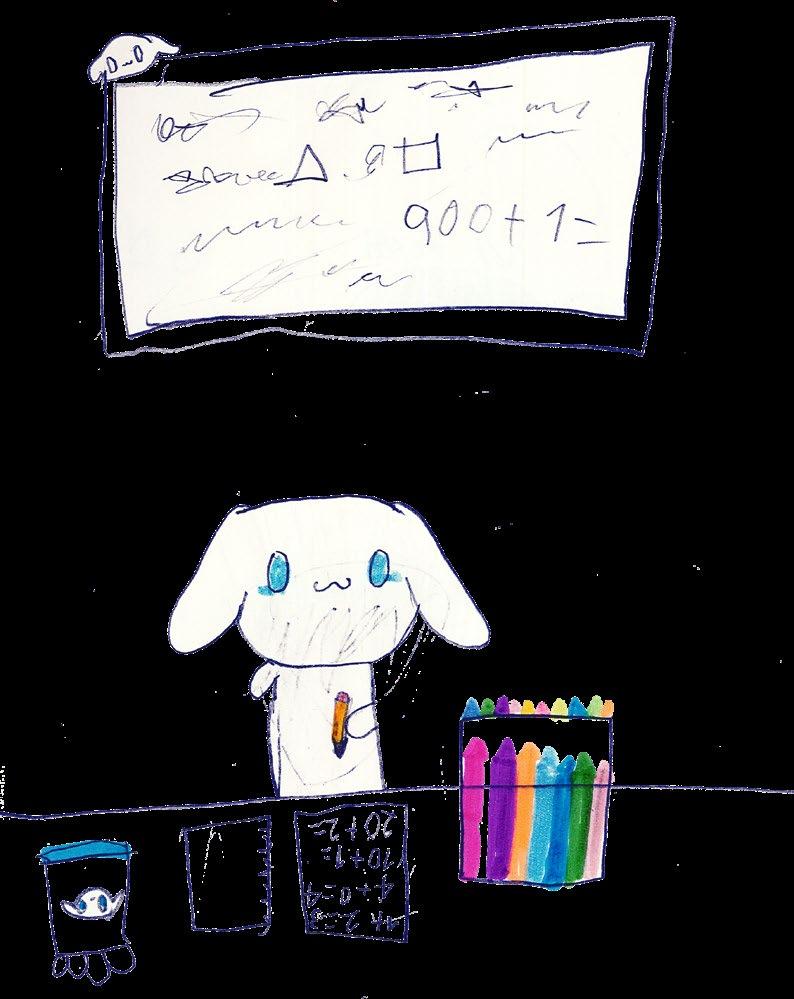
Science is a way of investigating, understanding, and explaining our natural, physical world and the wider universe. It involves generating and testing ideas, gathering evidence (including observations, investigations and modelling, and communicating and debating with others) in order to develop scientific knowledge, understanding, and explanations. Students are given learning experiences that stimulate curiosity and excitement and develop scientific and investigative skills that are necessary for them to understand their everyday world.
Nature of science:
Through this strand, students learn what science is and how scientists work. They develop the skills, attitudes, and values to build a foundation for understanding the world.


The focus of this strand is on living things and how they interact with each other and the environment. Students develop an understanding of the diversity of life and life processes, of where and how life has evolved, of evolution as the link between life processes and ecology, and of the impact of humans on all forms of life.
Planet earth and beyond:
Through learning engagements of this strand, students learn that Earth’s subsystems of geosphere (land), hydrosphere (water), atmosphere (air), and biosphere (life) are interdependent and that all are important. They come to appreciate that humans can affect this interdependence in both positive and negative ways.
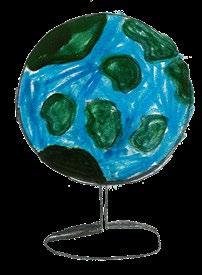
This strand provides explanations for a wide range of physical phenomena, including light, sound, heat, electricity, magnetism, waves, forces, and motion, united by the concept of energy, which is transformed from one form to another without loss. By studying physics, students gain an understanding of interactions between parts of the physical world and of the ways in which they can be represented.




The 100 languages, as defined by Loris Malaguzzi, acknowledges that the arts have their own distinct languages that use both verbal and non-verbal conventions. Through movement, sound, and image, the arts transform children’s creative ideas into expressive works that communicate layered meanings. Woven into their inquiry modules, teachers at Aurora create opportunities for learners to meaningfully explore various elements of the arts as a way to interpret new ideas or communicate their understandings.
Visual Arts: Learners will be introduced to a range of 2D and 3D techniques. They will learn how to acknowledge the work of established artists and allow their own work to be informed by their techniques and concepts. Learners will complete a range of explorations and develop their own art works, learning to work individually and collaboratively. Learners will develop their ability to visually communicate their own personal, social and cultural experiences through Art.

Dance: Learners at Aurora explore and use dance elements, vocabularies, processes, and technologies to express personal, group, and cultural identities, to convey and interpret artistic ideas, and to strengthen social interaction. Learners develop literacy in dance as they learn about, and develop skills in, performing, choreographing, and responding to a variety of genres from a range of historical and contemporary contexts.
Drama: Drama expresses human experience through a focus on role, action, and tension, played out in time and space. In drama education, students learn to structure these elements and to use dramatic conventions, techniques, and technologies to create imagined worlds. Through purposeful play, both individual and collaborative, they discover how to link imagination, thoughts, and feelings.
Music: By incorporating elements of music education into class projects, learners work individually and collaboratively to explore the potential of sounds and technologies for creating, interpreting, and representing music ideas. As they think about and explore innovative sound and media, learners have rich opportunities to further their own creative potential.
New Zealand Curriculum – April 2023



Well-being in school education, particularly in the context of health and physical education, holds immense importance and offers numerous benefits. It recognises the value in educating the whole child, focusing not only on their academic achievements but also on their physical, mental, and emotional well-being. By weaving aspects of health and physical education into the curriculum, learning modules, and daily school life, at Aurora we promote healthy habits, active lifestyles, and overall wellness. Learners engage in lessons and routines that provide knowledge on nutrition, fitness, and personal hygiene, equipping them with the tools to make informed choices that positively impact their health. The emphasis on well-being extends beyond the classroom, as healthy practices are encouraged and modelled in daily routines and school environments. This comprehensive approach cultivates positive relationships and a sense of belonging among learners both as individuals and as part of a broader school community. By prioritising well-being throughout the school curriculum and daily life, learners are empowered to lead healthier lives, develop resilience, and establish a foundation for lifelong wellness.
Four underlying and interdependent concepts are at the heart of this learning area:
• Hauora – a Māori philosophy of well-being that includes the dimensions taha wairua, taha hinengaro, taha tinana, and taha whānau, each one influencing and supporting the others. Hauora and well-being, though not synonyms, share much common ground. Taha wairua relates to spiritual well-being; taha hinengaro to mental and emotional well-being; taha tinana to physical well-being; and taha whānau to social well-being.
• Attitudes and values – a positive, responsible attitude on the part of learners to their own well-being; respect, care, and concern for other people and the environment; and a sense of social justice.
• The socio-ecological perspective – a way of viewing and understanding the interrelationships that exist between the individual, others, and society.
• Health promotion – a process that helps to develop and maintain supportive physical and emotional environments and that involves learners in personal and collective action.
Health and Physical Education in the New Zealand Curriculum – April 2023



As part of Physical Education at Aurora, learners participate in weekly PE and Swimming classes that are designed to challenge their skills as individuals, as well as how they work together as part of a group. Learners engage in various challenges, games, and specific skill development to improve and sustain their overall physical health and abilities. The main areas of focus for all Physical Education classes are:
• Gross- Motor Skills Development
• Fine-Motor Skills Development
• Team Games (Techniques & Participation)
• Swimming Skills Development


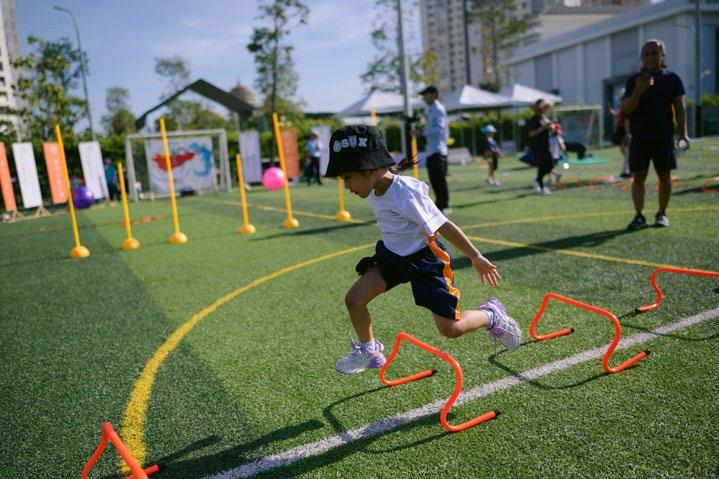

Education outside of the classroom plays a vital role in a well-rounded education, offering unique opportunities and benefits for learners. It provides an experiential learning environment that complements classroom inquiries and supports holistic development. By venturing beyond the classroom walls, learners can engage with real-world scenarios, cultural experiences, and hands-on learning experiences that foster critical thinking, problem-solving, and creativity. Field trips, outdoor expeditions, and community involvement enable learners to connect theoretical concepts with practical applications, enhancing their understanding and retention of knowledge. Moreover, education outside of the classroom promotes social skills, teamwork, and resilience, as learners navigate new environments and interact with diverse individuals.


Family involvement is a fundamental aspect of the Reggio Emilia-inspired experience at Aurora School, as it recognises the importance of strong partnerships between families and the wider school community. At Aurora, families are encouraged to actively participate in their child’s learning journey, whether through joining class learning explorations, contributing to projects, or attending whole-school events and celebrations. This involvement creates a sense of belonging and collaboration, fostering a vibrant and inclusive school culture. By engaging with their child’s learning experiences, families gain insights into the Reggio Emilia experience and become co-creators of knowledge alongside educators. This shared responsibility nurtures a sense of community, where everyone’s perspectives and contributions are valued, and where the school becomes an extended family. Through ongoing collaboration, communication, and shared experiences, Aurora School creates a culture that supports the holistic development of children.


The kitchen is one of the fundamental elements of the children’s experience at learning’s environment. A multisensory kitchen - atelier of flavours, colours and smells where the theory of the hundred languages finds its meaning by qualifying the role of food in children’s growth.
Mealtimes foster a balanced relationship between health, taste, and the pleasure of being at the table together.
We believe in the importance of children discovering the immeasurable richness provided by tasty food, eaten in good company.
At Aurora, proper nutrition is a priority. Our children are fed with wholesome healthy food alternatives whenever possible, with a diet consisting of fresh fruits, organic vegetables, lean meats, and whole grains which are recommended for optimum growth and brain development.
At Aurora, wherever possible we follow these procedures:
• All meals for children are made by Aurora’s chefs.
• All fresh milk is from organic seeds and natural cereal is cooked daily for children such as
almond, chestnut, walnut, green beans, pumpkin, black beans, red beans etc.
• We use organic and safe vegetables from certified suppliers.
• We refrain from using artificial flavourings and seasonings in our cooking, instead, we use the natural flavours from vegetables, sugar cane, salt, seaweed etc.
• Our menu was carefully created with just the right nutritional balance and variety in accordance with dietary guidelines and recommendations for a young developing child.
• Our beverage choices are water, homemade nut milks and an afternoon fruit/vegetable smoothie. We occasionally serve fresh, raw juices but do not serve processed, bottled juices or any other sugary drinks. Although our food is rich in flavour, we strive to keep our meals low in sodium and sugar.





“The nutritional educational project, which draws content and communicative strategies from the kitchen, tends first and foremost to create a sense of well-being in the kitchen and families, fostering a balanced relationship between health, taste, and the pleasure of being at the table together.”
Maddalena
This is a general daily schedule for the learners in Primary at Aurora, individual class schedules are shared to parents at the start of each academic year, the class teacher will always notify families to any changes in the schedule.
7:45 - 8:30
8:30 - 12:00
12:00 - 12:30
12:30 - 13:15
13:15 - 15:00
15:00 - 15:30
15:15 - 16:15
Morning arrival and Breakfast.
Learning and Reggio inspired time –possibilities include the following:
• Literacy
• Languages
• Math
• Investigative research
• Science
• Physical education
Lunch.
Recess (outdoor play/indoor free choice).
Classroom extentions.
Afternoon tea and departure.
Extra curricular activities.
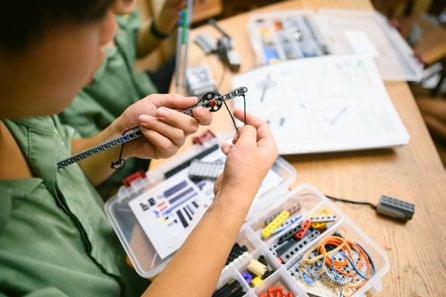
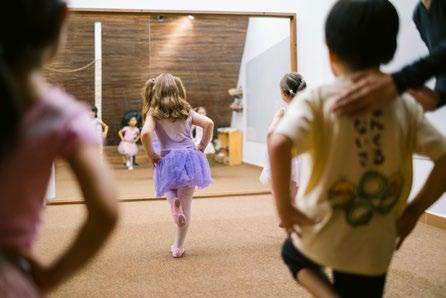





“Learning is the key factor on which a new way of teaching should be based, becoming a complementary resource to the child and offering multiple options, suggestive ideas, and sources of support. Learning and teaching should not stand on opposite banks and just watch the river flow by; instead, they should embark together on a journey down the water. Through an active, reciprocal exchange, teaching can strengthen learning how to learn.”
Loris Malaguzzi



COPYRIGHT © 2024 AURORA INTERNATIONAL SCHOOL OF THE ARTS
SPRING HILL EDUCATION VIETNAM, PRIMAVERA AURORA & THE COMMON GROUND COLLABORATIVE ALL RIGHTS RESERVED
